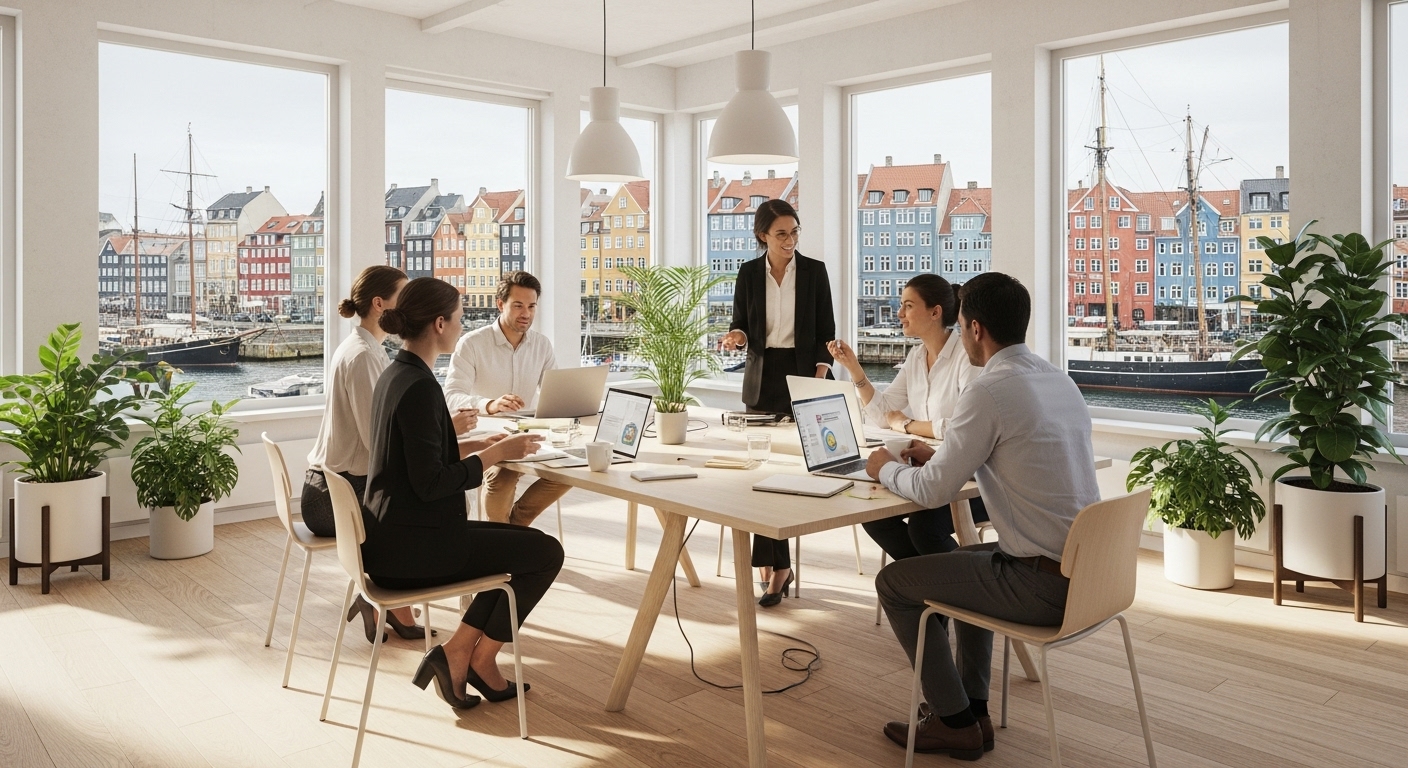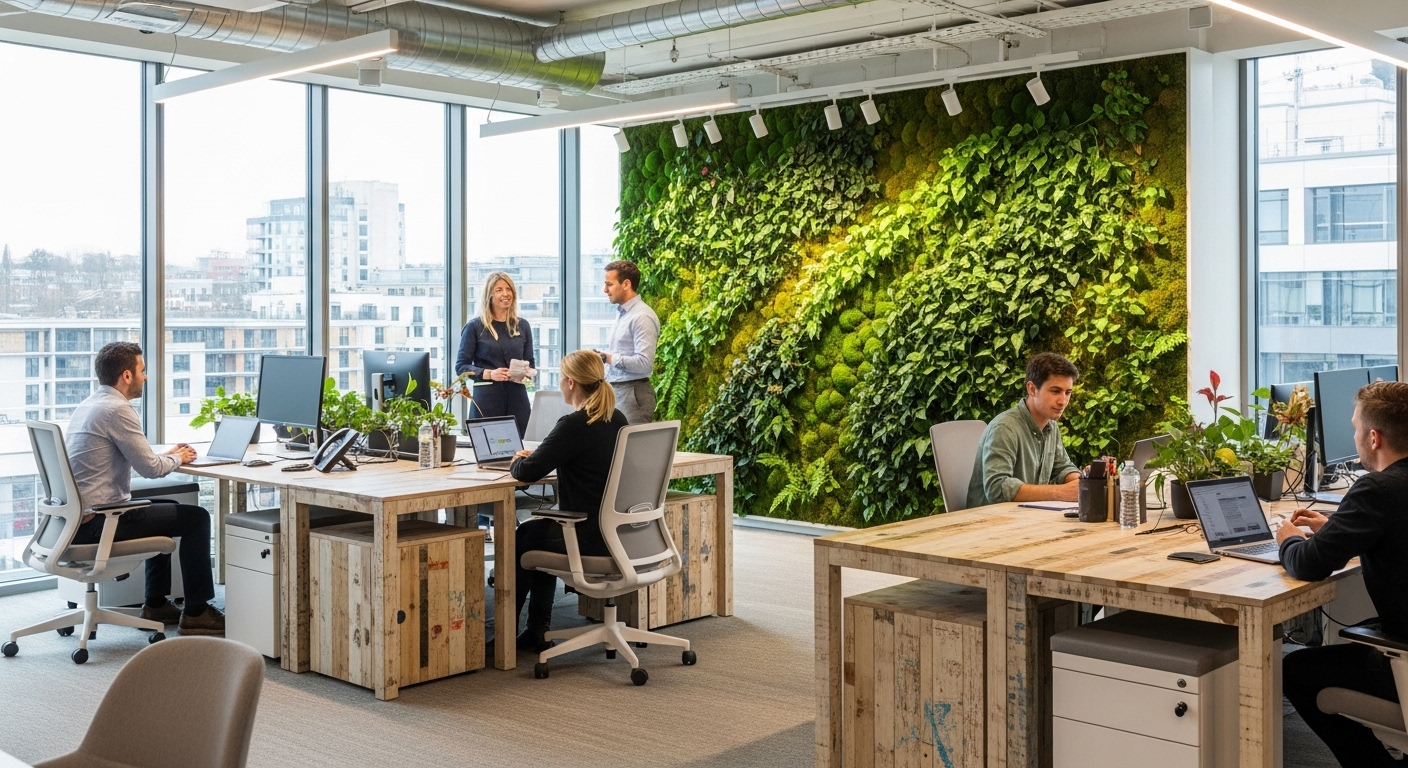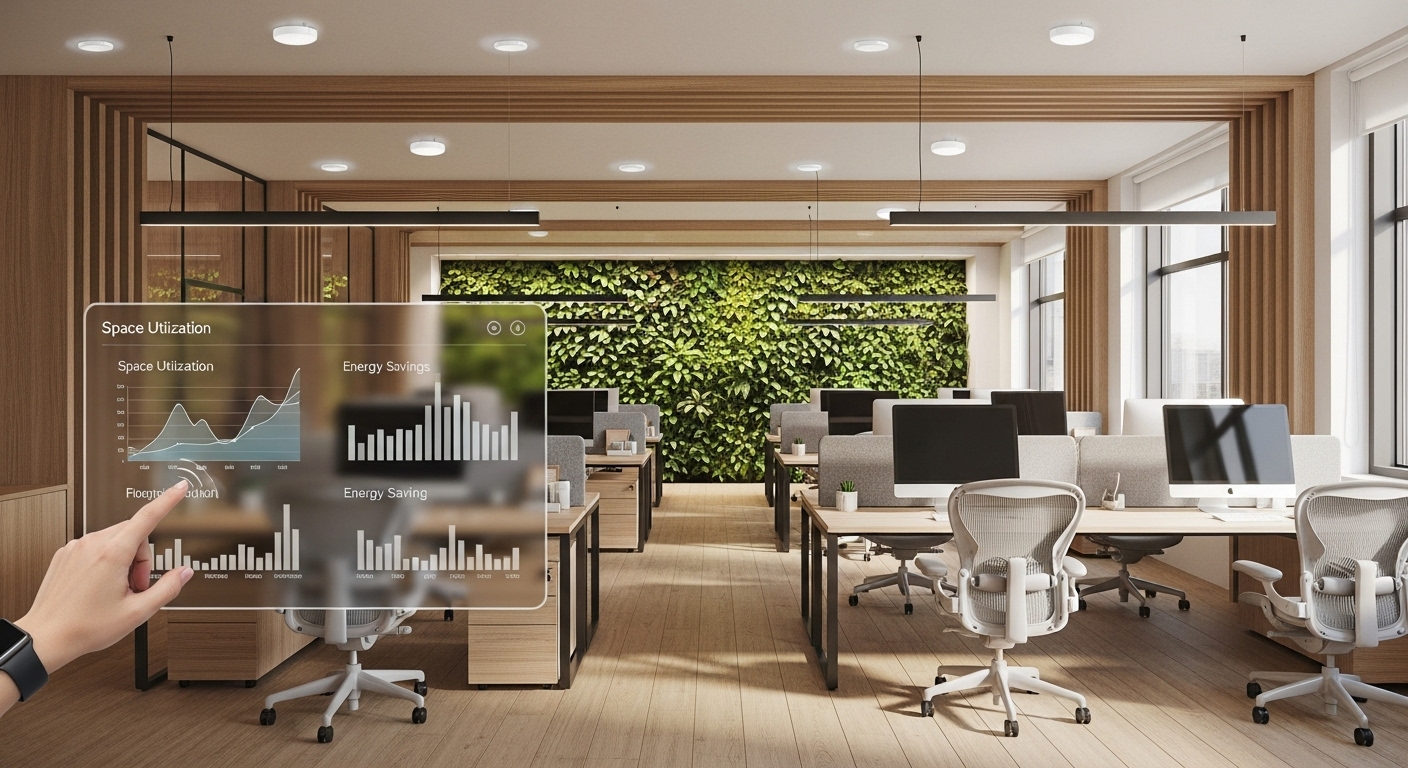In the global conversation about the future of work, many cities are vying for the title of ‘most innovative.’ Yet, while some focus on technological disruption alone, another model is quietly proving its power—one built on a foundation of deep-seated cultural values. This human-centric approach is being perfected in the Danish capital, where workplace innovation is less about radical tech overhauls and more about optimizing for human potential, trust, and well-being. This philosophy extends beyond mere employee perks; it’s a strategic framework that fosters resilience, creativity, and sustainable growth. As companies worldwide grapple with burnout and disengagement, the lessons emerging from this Nordic hub offer a compelling blueprint for a more effective and humane way of working. This article will decode the core principles driving this success, from the foundational concept of ’tillid’ (trust) to the strategic integration of sustainability and design in the modern Danish workplace.
The foundation of trust: Why ’tillid’ is the ultimate innovation driver
At the heart of Danish work culture is a concept that doesn’t neatly translate into a single English word: ’tillid.’ It embodies a profound societal trust in individuals, institutions, and each other. In the workplace, this translates into a powerful engine for innovation. When employees are trusted by default, the need for rigid hierarchies and suffocating micromanagement dissolves. This creates an environment of psychological safety where team members feel empowered to experiment, propose unconventional ideas, and even fail without fear of reprisal. Failure, in this context, is not a mark of incompetence but a crucial part of the iterative process of discovery. This high degree of autonomy fosters a strong sense of ownership and accountability. Rather than waiting for top-down directives, employees are encouraged to take initiative, identify problems, and collaboratively develop solutions. This grassroots approach ensures that innovation is not confined to a specific department but is a shared responsibility woven into the fabric of the organization. Companies that embrace ’tillid’ find that it unlocks a level of creativity and agility that command-and-control structures simply cannot replicate, making it the invisible architecture behind some of the most forward-thinking businesses.
Designing for dialogue: The role of physical and digital spaces
Danish design is world-renowned for its emphasis on minimalism, functionality, and human-centricity, and these principles are directly applied to the modern workplace. The goal is to create environments that facilitate connection and collaboration, rather than simply housing employees. In Copenhagen, office layouts are thoughtfully engineered to balance the need for focused, deep work with spaces for spontaneous interaction and formal collaboration. This goes beyond the generic open-plan office, incorporating zoned areas like quiet pods, comfortable lounge areas for informal chats, and dynamic project rooms equipped with digital whiteboards and communication tools. Innovation hubs such as BLOXHUB exemplify this approach, bringing together researchers, architects, and tech startups in a space designed to spark cross-disciplinary dialogue. The physical environment is seen as a strategic tool that can shape behavior and culture. Natural light, biophilic elements, and ergonomic furniture are not afterthoughts but essential components for promoting well-being and sustained performance. This intentional design philosophy ensures that the workspace itself becomes an active participant in the innovation process, encouraging the serendipitous encounters and creative collisions that lead to breakthrough ideas.
Sustainability as a strategy: Beyond greenwashing
In Denmark, sustainability is not a corporate social responsibility checkbox; it is a fundamental economic and social driver. This ethos is deeply embedded in the city’s approach to workplace innovation. Businesses are increasingly recognizing that a genuine commitment to green principles is a powerful magnet for top talent, particularly among younger generations who prioritize purpose-driven work. This focus shapes innovation in tangible ways, pushing companies to develop new products, services, and operational models centered on the circular economy, renewable energy, and resource efficiency. This creates a virtuous cycle: the demand for sustainable solutions fuels innovation, which in turn attracts more investment and talent to the city’s green tech sector. Furthermore, designing sustainable workspaces—from energy-efficient buildings to waste-reduction programs—has a direct impact on employee engagement and pride. Knowing that their employer is actively contributing to a healthier planet fosters a stronger sense of connection and loyalty. This strategic alignment of planetary well-being with business goals creates a fertile ground for long-term, meaningful innovation that delivers a triple bottom line of people, planet, and profit.
The flat hierarchy advantage: Empowering every voice
The traditional corporate pyramid is noticeably absent in most Danish workplaces. Instead, a culture of flat hierarchies and accessible leadership prevails. This organizational structure is a key catalyst for innovation, as it dramatically shortens the distance between an idea and its execution. When CEOs and junior employees can engage in open dialogue, information flows freely, and decision-making becomes more agile and inclusive. In this environment, an individual’s influence is based on the merit of their ideas, not their title. This egalitarian approach empowers everyone to contribute, fostering a culture where diverse perspectives are not just welcomed but actively sought. Meetings are often collaborative workshops rather than top-down lectures, and consensus-building is a common practice. This can sometimes mean a slower decision-making process, but the outcome is typically a more robust and well-supported strategy. By removing the bureaucratic barriers that stifle creativity in more traditional organizations, companies in Copenhagen are able to tap into the collective intelligence of their entire workforce, ensuring that the best ideas can surface from anywhere and anyone.
Integrating ‘arbejdsglæde’: The business case for work joy
Another uniquely Danish concept, ‘arbejdsglæde,’ or ‘happiness at work,’ is a cornerstone of workplace innovation. This is not about superficial perks like ping-pong tables but about the deeper satisfaction that comes from performing meaningful work in a respectful and supportive environment. It encompasses factors like work-life balance, professional development, social connection with colleagues, and seeing the tangible results of one’s efforts. Danish employers understand that happy, engaged employees are more creative, collaborative, and resilient. When people genuinely enjoy their work, they are more likely to go the extra mile, invest discretionary effort, and proactively seek innovative solutions. Prioritizing ‘arbejdsglæde’ is a strategic business decision with a clear return on investment. It leads to lower rates of employee turnover, reduced absenteeism due to stress and burnout, and a stronger employer brand that attracts top-tier talent. By focusing on the holistic well-being of their teams, Danish companies create a positive feedback loop where employee satisfaction fuels business success, which in turn reinforces the culture of work joy. This proves that a happy workforce isn’t just a pleasant outcome; it’s a competitive advantage.
The tech-life balance: Adopting AI with a human touch
As artificial intelligence and automation reshape industries globally, the Danish approach is notably pragmatic and human-centric. Rather than pursuing a narrative of technology as a replacement for human workers, the focus is on augmentation. In the city’s burgeoning tech scene, AI is viewed as a powerful tool to enhance human capabilities, automate mundane tasks, and free up employees to focus on complex problem-solving, strategic thinking, and creative pursuits—activities where humans still excel. The implementation of new technologies is often a collaborative process, involving input from the employees who will ultimately use them. This ensures that tools are adopted in a way that genuinely supports workflows and improves ‘arbejdsglæde,’ rather than creating new frustrations. There is a strong ethical consideration in the development and deployment of AI, with an emphasis on transparency and fairness. This balanced perspective prevents the kind of tech-lash seen elsewhere, fostering an environment where employees see technology as a partner in innovation rather than a threat. This ensures that as workplaces become more digital, they also become more human, not less.
Ultimately, the blueprint for workplace innovation emerging from Denmark is a powerful testament to the idea that a human-centric culture is the most valuable asset an organization can possess. It’s a model built not on fleeting trends but on enduring principles: the profound efficiency of trust, the creative power of inclusive design, the strategic imperative of sustainability, the agility of flat hierarchies, and the clear business case for genuine work joy. The success of this approach shows that fostering an environment where people feel valued, safe, and empowered is not at odds with high performance—it is the very source of it. For global leaders seeking to build organizations that are not only innovative but also resilient and purpose-driven, the lessons learned in Copenhagen offer a powerful blueprint. It’s a reminder that the future of work is not just about smarter technology, but about a smarter, more compassionate understanding of the people who power it.





